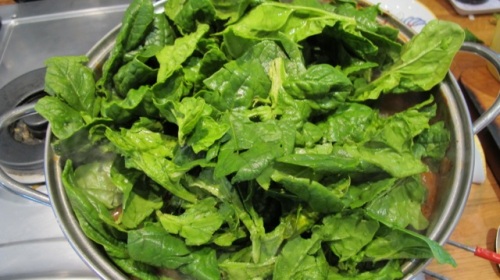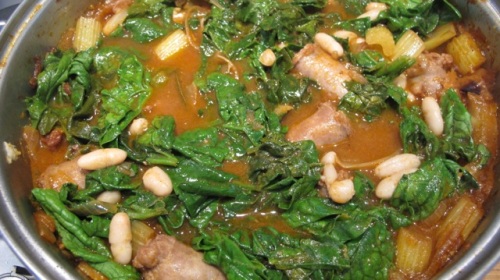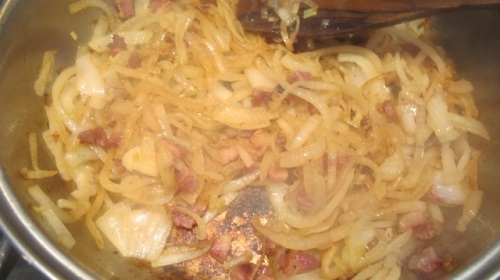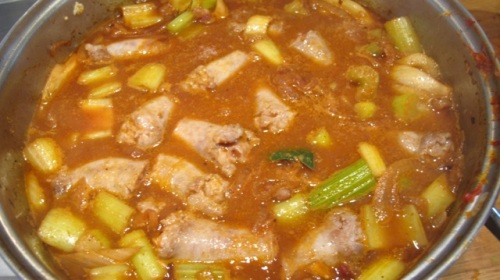Back in the days before enlightenment–BE or rather BM—before Meredith—despairing black moods regularly followed perceived failure, chez-moi.
“Buck up”–my mother used to say—“failure is character building”!
“Don’t make it worse, Ma!”
The first night of the RSC’s production of King Lear in the 1976 Stratford season was one such occasion.
Donald Sinden (Lear) and Judi Dench (Regan) among the cast.
I was playing Edmund, the bastard son of Gloucester.
The famous speech/soliliquy which ends–“Now God–stand up for bastards!” had gone over well during the three weeks (too long) of previews, with some morale-boosting laughs.
Come press night, the first 7 or 8 rows of critics sit stony-faced–they’d seen King Lear countless times.
Not a squeak, not a giggle and no visible smiles–just an aggressive (as I heard it) silence.
I am unnerved and later fluff a line.
The result is–Black Dog!
Poor proud parents have to endure a post-play drink with an inconsolable zombie son.
They do get to meet Judi Dench–ebullient as ever; though I was never sure she enjoyed playing Regan!
Scroll down the years to last night.
I tried out a new dish involving butternut squash and green split peas.
Failure!
The peas wouldn’t soften and the squash was tough.
The spicy sauce wasn’t bad, but the time it had all taken to cook was demoralizing.
Was I downhearted? Of course not! It’s PM now, I’m forty years older–that would be silly!
I awoke this morning, though, in need for something completely different: lamb chops? Sausages?
I drove to Lautrec’s Friday market.
Sausages–fait mason [made by the butcher]–won the day and here is the result:
A one pot dish inspired by a recipe in the second Riverford Farm cookbook.
Celery and fennel make for good companions with the modest amount of sausage.
Kale or Swiss chard can substitute for the spinach–or you can just omit the greens.
for 3/4
1 tbsp olive oil
450gm/1 lb good quality pork sausages
50 gm/2oz bacon–diced
2 medium onions–sliced
2 garlic cloves–pulped in a little salt
8oz celery–cut into inch-size chunks
1 large fennel bulb–outer leaves removed, halved vertically and then each half carefully divided into eight pieces. (This helps them become tender quicker!)
2 bay leaves
a good sprig of fresh thyme
1 tbs tomato concentrate
100ml red wine–a small wine glass
600ml stock–I use organic vegetable stock cubes
4 tsp dijon mustard
8oz spinach–washed and thick stems removed
400gms cooked white beans from a tin [can] or jar
salt and pepper
- Sauté the sausages and bacon in the olive oil for 10 minutes in a pan large enough to hold all the ingredients.
- Remove the sausages to a plate.
- Sauté the onions and garlic gently in the pan until the onions soften and turn opaque; take care not to let them burn on the bottom of the pan.
- Add the fennel, the celery, tomato concentrate and herbs
- Turn everything over thoroughly.
- Add the red wine and mix again, scraping up the good bits as you go!
- Add the stock, the saved sausages and stir in the mustard.
- Bring the pan to a simmer and leave it to bubble gently for about 20 minutes.
- Check the seasoning. I found it didn’t require added salt–the bacon and stock cube were sufficiently salty–but added some freshly-milled black pepper.
- Spread the greens over the top of the dish and leave them for ten minutes to start dissolving into it. (Cover the pan if you feel the need).

- Gently stir in the greens and add the beans.
- Cook for a further few minutes to heat through.
We had the dish for lunch served over half a baked sweet potato each.
Success!































